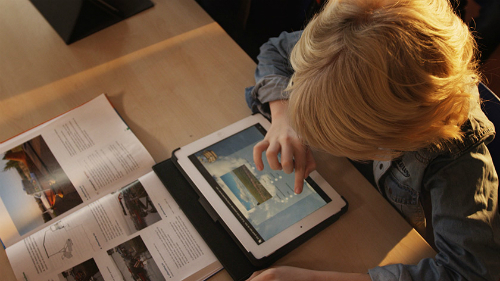
Preparing our students for a new world of Innovation is a theme we cover consistently in 教育のためのグローバル検索 シリーズ. 私たちは、ジョン・マーティンを招待しました, Sanoma学習の最高経営責任者(CEO), 将来的には学習のための彼のビジョンを共有します.
Sanoma学習はベルギーの主要な市場を持っています, フィンランド, オランダ, Poland and Sweden, where the company is fast replacing the traditional textbook model by developing innovative, captivating media in multiple platforms that can be individualized to meet the demands of specific educational systems. Sanomaは以来、教育に専念してきました 1889, それはフィンランドで新聞Päivälehtiを設立したとき. 今日では、未来に跳躍境界内にこのコミットメントを運んでいます. マーティンは先生がままあると考えています “キラーアプリ,” edtechは、生徒の学習経路をパーソナライズし、新しい方法でそれらを従事することができます, それぞれの子の才能を開発するのを助けます. 次のジョンとのインタビューで, 彼は、私たちが環境の持続可能性に向けて作業することができますどのように彼の幅広い見識を共有します, グローバル包括, and intelligent technological adaptation in future classrooms.
今後の学校は、より環境に配慮したものになるかどうか?
I imagine myself as a biology teacher in a school where we have introduced “phenomenon-based learning”, inspired by the world renowned Finnish education system. I’m coaching a course on climate change and teams in my class are working out how to reduce the carbon footprint of the school. I’m sure they will find new ideas and expect this way of learning will have a profound effect on their behaviour too. An earlier class encouraged us to embrace the Internet of Things in helping to limit our environmental impact. Through this network of “connected things” 学校で, we have reduced our use of energy, water and food, and optimized the travelling. By changing our behaviour and embracing technology we are making a difference.
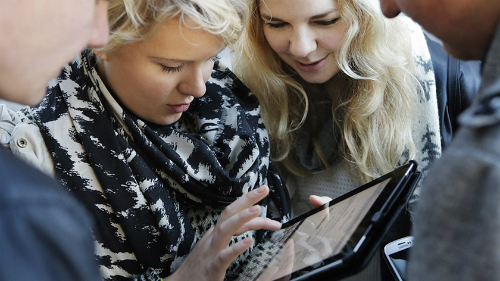
今後の学校はよりグローバルに包括される方法?
I expect that changes in demography, improved access to mobile technology and new norms in the classroom will open up the world of learning. 今日, access to mobile learning is limited in three dimensions: to children in richer communities, in rich countries, and in schools where digital learning is encouraged. Consider the world in 2050 where the number of under 15 year olds will be roughly as follows: 70 million in the USA, 90 million in South America, 110 million in Europe, 200 million in China, 300 million in India and 700 million in Sub-Saharan Africa. 多かれ少なかれ、すべての児童生徒はどこにでもによって、モバイル・デバイスへのアクセスを持っていることを本当のチャンスがあります 2050 学習のためのこれらのデバイスの使用を許可します. Imagine the profound impact on our people and planet when that generation gets access to mobile learning across the globe. Is there a more powerful instrument for reducing poverty and inequality, and laying the basis for sustained economic growth and sound governance than this?
どの技術がカリキュラムに統合され、どのように学校は、技術の継続的進歩の統合を処理します?
Technology will be seamlessly integrated into the curriculum and will enable ever improving learning impact. Through personalization, technology will help each individual pupil to achieve their best learning potential. And by automating workflows and giving insights, technology will super-charge the teacher as the killer app in education. As the digital infrastructure of schools matures, usability will improve too. Teachers will be better skilled and more confident than today in deploying technology and will be supported by more advanced ICT departments.
何が伝統工芸の仕事と書き込みのままになります?
Partly as a reaction to all things virtual, インクルード “maker” culture will flourish, with pupils and teachers embracing learning-by-doing. 残念ながら, handwriting might eventually become more or less out of fashion, except as an art form. But expression through words will be as essential as ever.
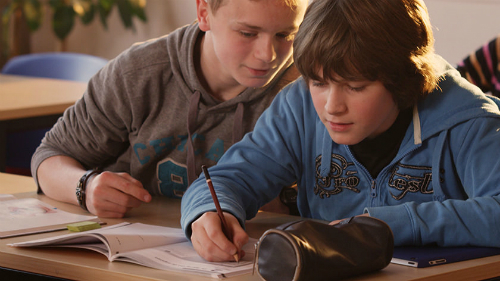
Given the new trends of museums and corporate architecture integrating technology and media into their physical space and infrastructure, will schools evolve in a similar way?
I think the integration of technology with the pupil rather than the building is a more interesting development. With mobile devices and wearable technologies, new “Strava’s of learning” will help pupils to unlock their potential. Regarding the physical spaces in schools, I imagine it won’t be very long before screens and 3D printers are ubiquitously available in rich economies.
インターネットと家庭学習の効率を考えると, 生徒が学校でどのくらいの時間が必要になります?
The institution of the school is an important but arguably somewhat weak intervention in the holistic development of our children – 結局, in most Western countries, 約 80% of their time is spent outside the school. しかしながら, schools do offer scale benefits for learning, especially with regard to access to great teachers, learning resources, and to other pupils. Not to forget the added economic benefit of enabling parents to participate in the workforce. In some ways I wonder if a better question might be how we could more effectively look holistically at the learning and welfare of each pupil, rather than how many hours they should go to school?
物理教師の存在がどのように重要になります?
私は教師が教育のキラーアプリであると考えています. 偉大な教師は、それぞれの子の可能性のロックを解除するのを助けることができる素晴らしいコーチのようなものです. 一般に, 私はそれが物理的に学習の旅で先生を含めるのがベストだと思います. 私は、これは常にで1人の教師の形態であることがあると思いません 25 生徒; 教師のグループサイズと役割を変えます, 状況に応じて, 将来的にはより一般的になる可能性があります. Some of the tasks of a teacher will probably be made more efficient or even substituted by technology. And there are situations, 例えば, in case of a shortage of teachers or lack of access to a school, health matters or a wish to learn independently, where a virtual approach would make good sense.
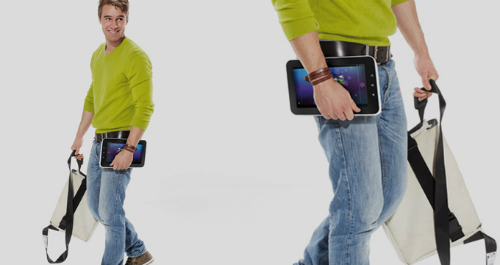
技術の進歩のリードは、個々の学生に教育のパーソナライゼーションを促進するだろうか、それはまた、標準化のためのテクノ官僚必要性が増加します?
Technology will surely enable the personalization of learning and I would expect that this will result in improved learning outcomes, better engaged pupils and a more efficient school. Whether or not this leads to more bureaucracy and standardization is up to the policymakers. Technology is in itself neither good nor bad but will serve the requirements of the market.
私たちは、特定の学生をお教えします “被験者” 我々が今日持っているか、クラスが統合/ハイブリッド学習の詳細になりますのような伝統的な教室で?
I expect the industrial model of education will be re-imagined and re-designed for the post-industrial, knowledge era. It’s a personal view on the future, but I wonder if we will move in the direction of a “T-model” in the next generation. In the vertical of the “T,” each child develops expertise on key “被験者,” but in a much more personalized way than at present – 例えば, also including adaptive and peer-to-peer learning. And in the horizontal of the “T”, other skills such as collaboration, communication and leadership are learned, maybe in the form of “phenomenon-based learning” programs such as those recently introduced in Finland.
デジタル機器に費やす時間の増加に直面して, どのように我々はより実践的なスキルを教えることができます, ストレスレベルと対人葛藤への対処など、?
It was hard to develop “ライフスキル” from a book and the same holds true with devices. The thing about skills is that they generally improve with practice, especially when supported by coaching. So I think it’s a matter of prioritization: don’t over-do the screen time and make sure life skills are on the agenda.
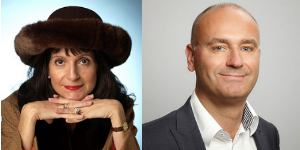
(All Photos are courtesy of Sanoma)
サー·マイケル·バーバー含む私を参加して、世界的に有名なオピニオンリーダー (英国), DR. マイケル·ブロック (米国の), DR. レオンBotstein (米国の), 教授クレイ·クリステンセン (米国の), DR. リンダダーリング·ハモンド (米国の), DR. MadhavChavan (インド), 教授マイケルFullan (カナダ), 教授ハワード·ガードナー (米国の), 教授アンディ·ハーグリーブス (米国の), 教授イヴォンヌヘルマン (オランダ), 教授クリスティンHelstad (ノルウェー), ジャンヘンドリクソン (米国の), 教授ローズHipkins (ニュージーランド), 教授コーネリアHoogland (カナダ), 閣下ジェフ·ジョンソン (カナダ), 夫人. シャンタルカウフマン (ベルギー), DR. EijaKauppinen (フィンランド), 国務長官TapioKosunen (フィンランド), 教授ドミニクラフォンテーヌ (ベルギー), 教授ヒューローダー (英国), 主ケンマクドナルド (英国), 教授ジェフ·マスターズ (オーストラリア), 教授バリー·98名 (オーストラリア), シヴナダール (インド), 教授R. Natarajan (インド), DR. PAK NG (シンガポール), DR. デニス教皇 (米国), Sridhar Rajagopalan (インド), DR. ダイアンRavitch (米国の), リチャード·ウィルソン·ライリー (米国の), サー·ケン·ロビンソン (英国), 教授パシSahlberg (フィンランド), 教授佐藤学 (日本), アンドレアス·シュライヒャー (PISA, OECD), DR. アンソニー·セルドン (英国), DR. デビッド·シェーファー (米国の), DR. キルスティン没入Areの (ノルウェー), 首相スティーブン·スパーン (米国の), イヴTheze (LyceeFrancais米国), 教授チャールズUngerleider (カナダ), 教授トニーワーグナー (米国の), デイヴィッド·ワトソン (英国), 教授ディランウィリアム (英国), DR. マークWormald (英国), 教授テオWubbels (オランダ), 教授マイケル·ヤング (英国), 教授Minxuan張 (中国) 彼らは、すべての国が今日直面している大きな絵教育問題を探るように.
教育コミュニティページのためのグローバル検索
C言語. M. ルービンは彼女が受け取った2つの広く読まれているオンラインシリーズの著者である 2011 アプトン·シンクレア賞, “教育のためのグローバル検索” そして “私たちはどのように読み込みます?” 彼女はまた、3冊のベストセラーの著者である, 含めて 不思議の国のアリスリアル, の出版社です CMRubinWorld, そしてかく乱財団研究員である.
Cに従ってください. M. Twitterでルビン: www.twitter.com/@cmrubinworld


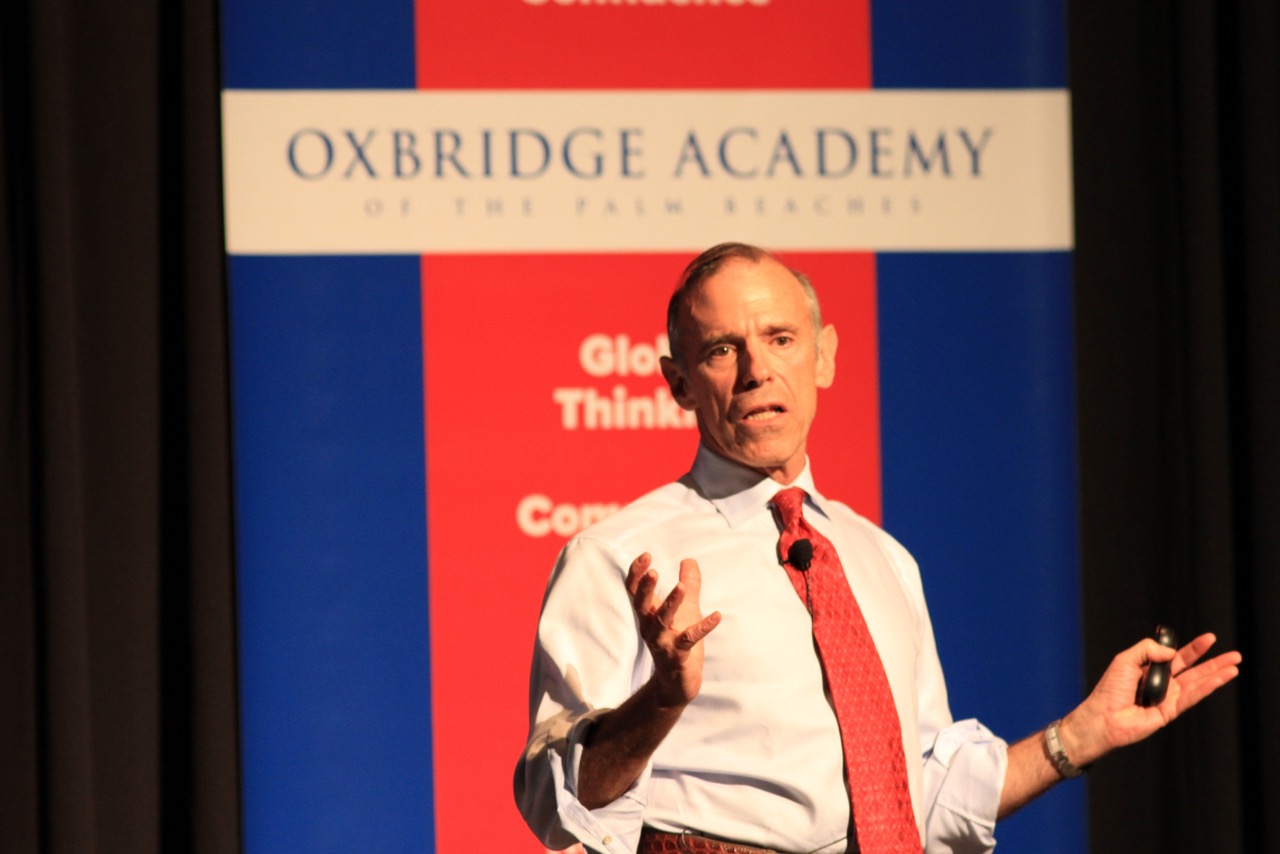

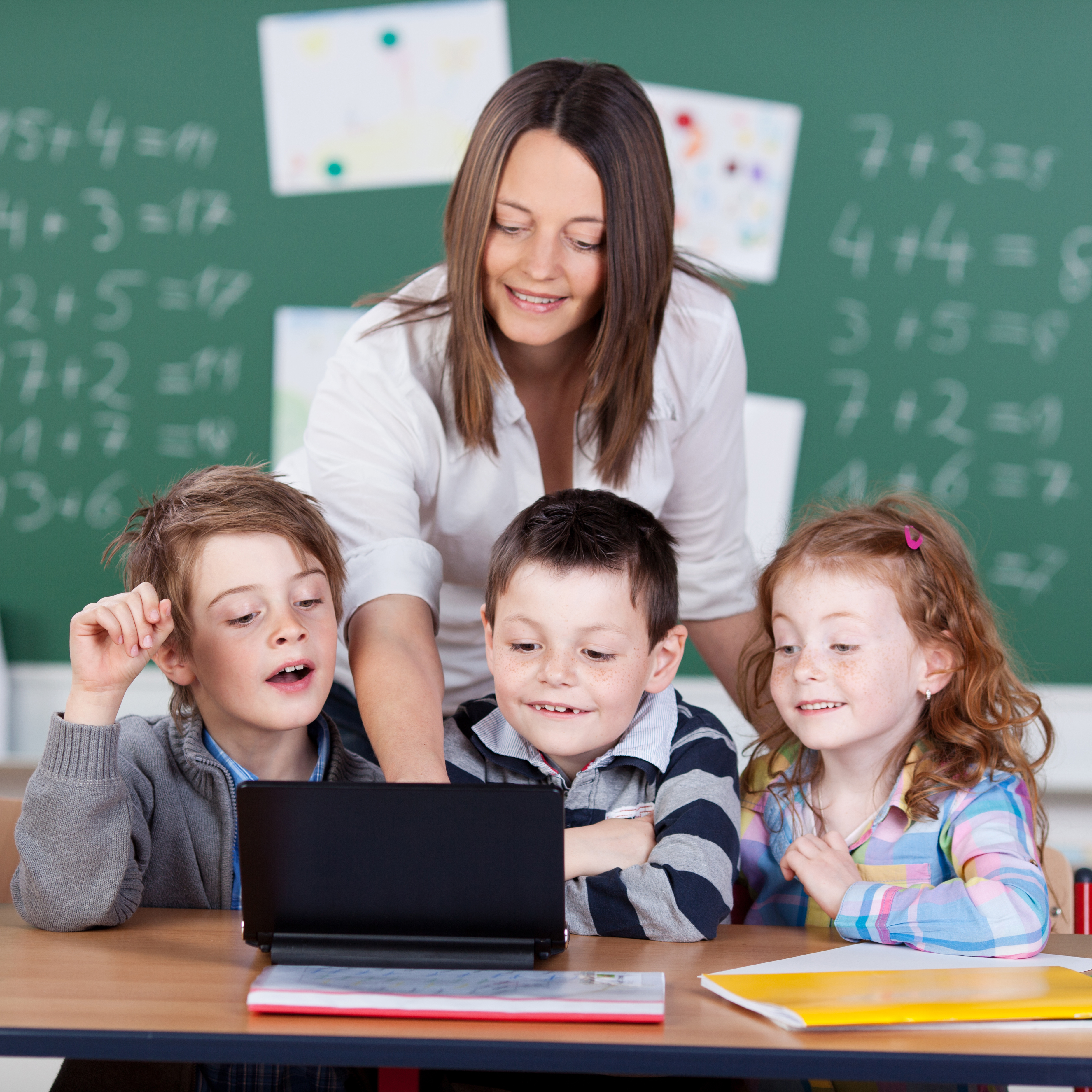
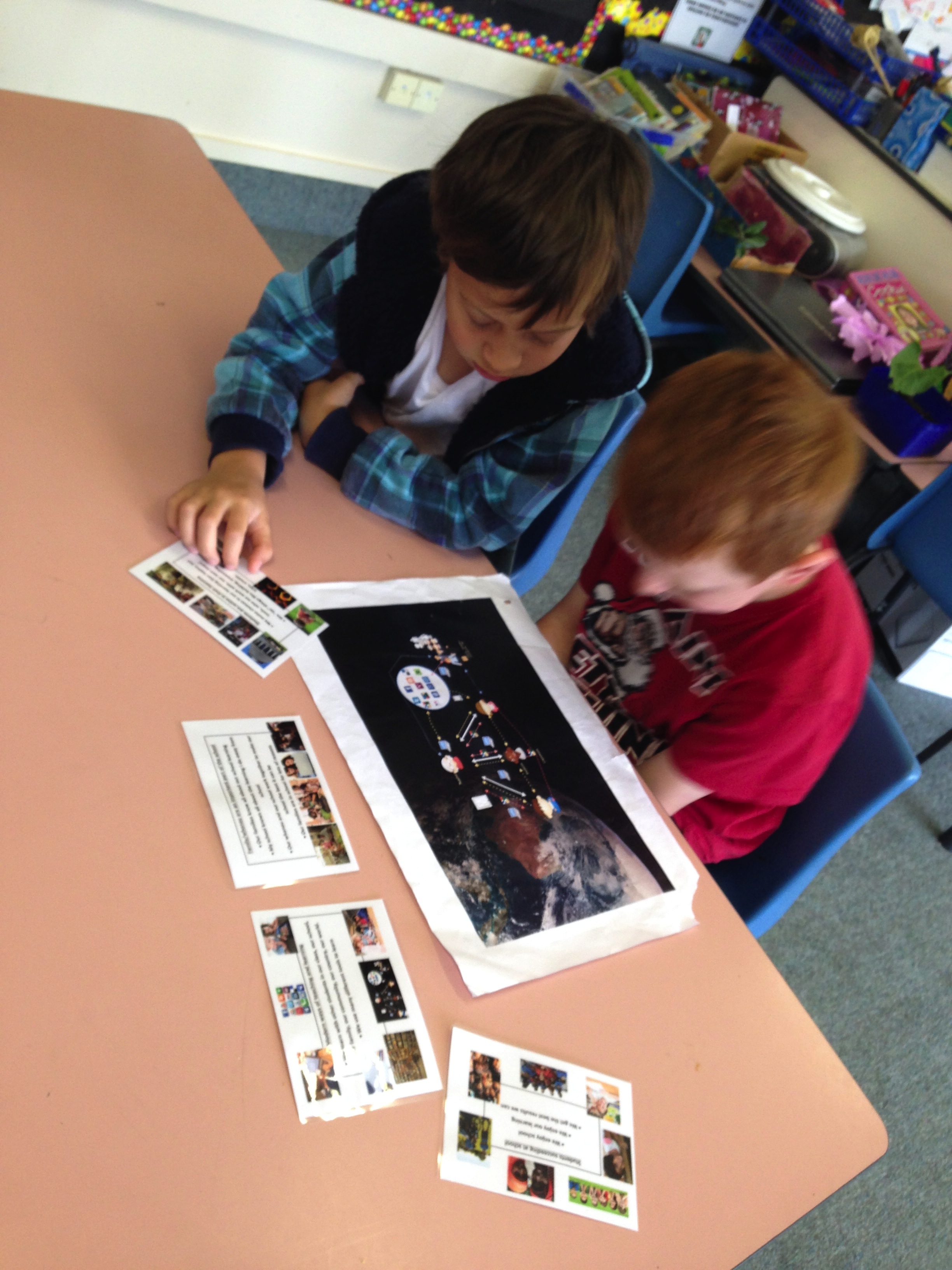
最近のコメント